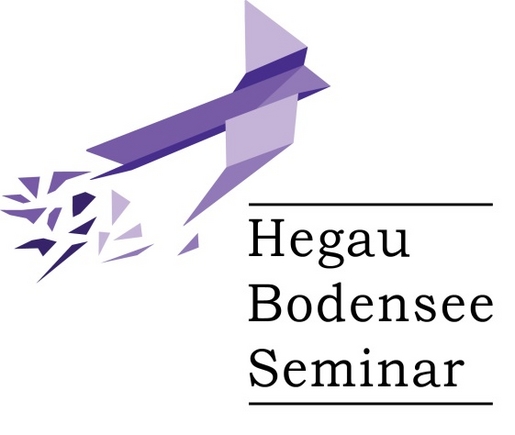
Virtual Study of Collective Behaviour
The theme of this year’s – and the first digital – University Day for school students from the Hegau Bodensee Seminar on 23 April was “Collective Behaviour”. It was jointly organised by the Zukunftskolleg and the Centre for the Advanced Study of Collective Behaviour (CASCB) at the University of Konstanz.
In the framework of workshops, Armin Bahl from the Zukunftskolleg along with Vivek Sridhar and Mariam Mahmoud from the CASCB worked with the students on the topics of “Movement Patterns in the Brain” and “Virtual Worlds, Virtual Swarms”.
Zukunftskolleg fellow Armin Bahl from the Behavioural Research and Neuroscience Working Group prepared image datasets for the students, which were used to characterise the activity of thousands of nerve cells in the brain of the larval zebrafish with the help of microscopy techniques. He wanted to find out, together with the participants, whether there are cells that respond to the swarming movements and where these are located in the brain. When fish swim in a shoal, they often form patterns in the water. But what does the individual fish see and how do such patterns develop on the basis of the decisions made by the individual animals? The students were able to discuss how communication between the individual fish works and arrived at the assumption: by each of them observing their immediate neighbour and by “passing on” what to do next through signals or actions, which in turn can be copied by other fish.
Three main topics in relation to collective behaviour are being studied at the CASCB in greater depth: What are the rules that lead to group behaviour? Which senses are used and how is information processed in the brain? The main senses in individuals are visual and mechanical stimuli, but also smell, hearing and taste stimuli. In the case of fish, sight, hearing and touch (lateral line organ) are the most important senses. In some fish, this lateral line organ is even more important than sight, especially for fish in the depths of the oceans where there is hardly any light.
In their research, Vivek Sridhar and Mariam Mahmoud of the CASCB are endeavouring to get to the bottom of locust infestation with the aid of virtual reality (VR). In the past two years, above all Africa and Asia have been plagued by locusts that destroy the harvest – the food source for many millions of people. To understand how such a plague develops, they paired a real locust with a virtual swarm in an appropriate environment, thus demonstrating to the students that VR systems are built not only for humans but for animals too. Nathan Zumbusch, a student from the Heinrich Suso Grammar School in Konstanz, says: “Reality can be a lot of things. Each person, each animal perceives its surroundings in a different way. Birds, for example, see each other in colour, but we humans see them only in grey. In VR, the environment is perceived as being far more realistic than if it were only one-dimensional. Nobody would want to walk across a plank on the 80th floor, for example, even if it is “only” a computer game. The more real the virtual world, the more difficult it becomes to distinguish between worlds. It is estimated that in ten to twenty years the two worlds will be barely distinguishable.”
Researchers in Konstanz are conducting experiments with fruit flies and zebrafish. For example, the real fish is shown other fish and tries to swim with the virtual fish. In this way, we can learn how the animals make decisions and then move accordingly. To study the optomotor reactions of fish (fish swim intuitively in the direction of other movements), they are held in place between layers of gelatine (made almost entirely of water) so that the fish perceives its environment as water. A camera is installed above the fish that tracks its head and tail. This makes it possible to determine how it is likely to behave. If we know what the fish perceives and how it reacts to it, we can then understand the shoal.
The students were able to observe how microscopes are assembled that send laser beams into the fish’s brain. Various nerve cells in the fish can be marked with different fluorescent substances and then observed – over time too. The last topic discussed by the students at the end of the day was how nerve cell activity steers behaviour. The conclusion: We arrive at the boundary of what is explainable because a lot of things in this field are even today still unexplored.
